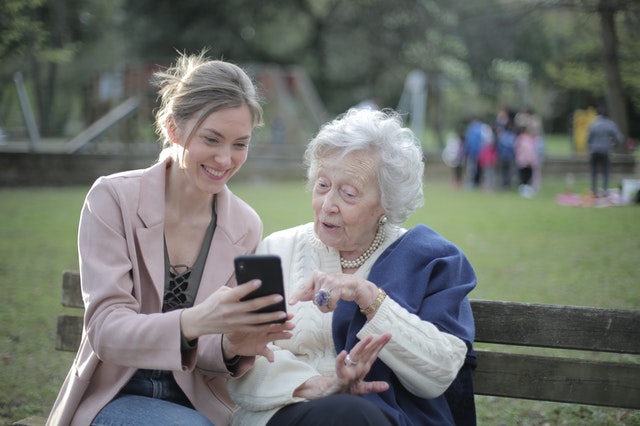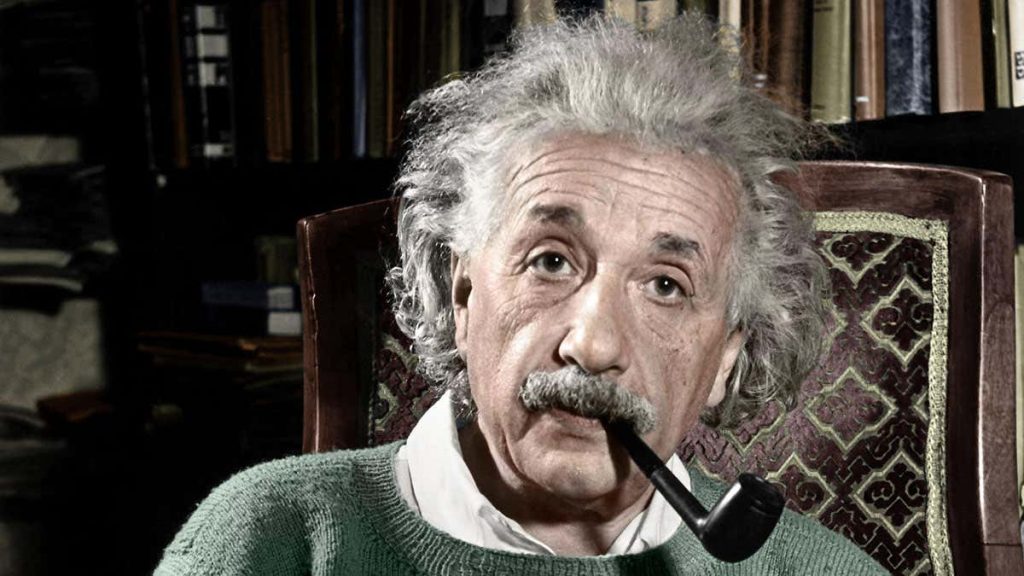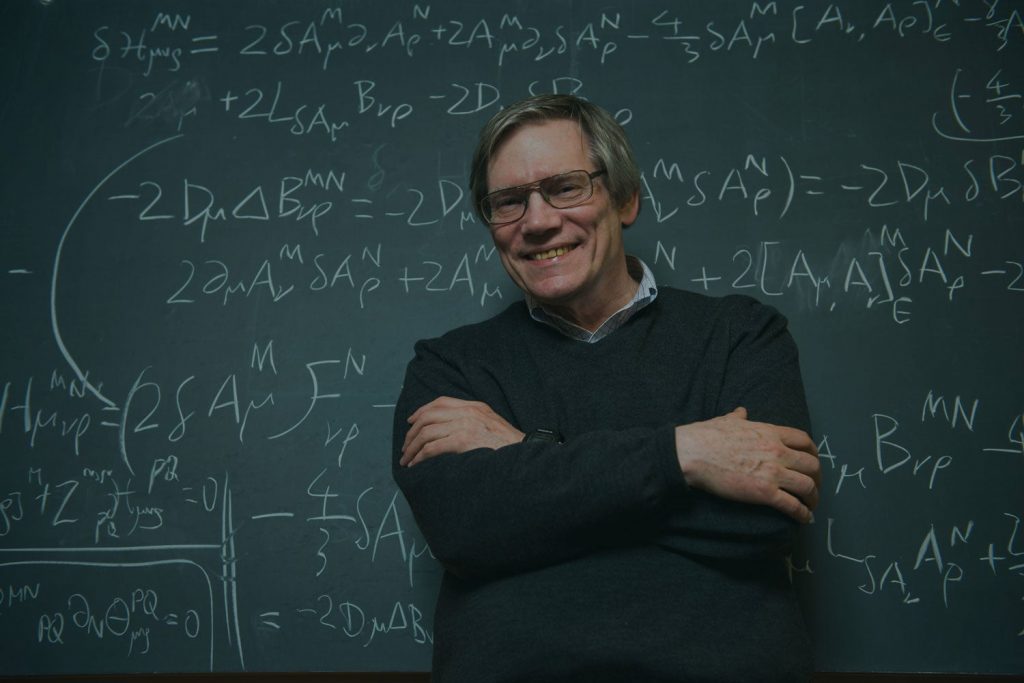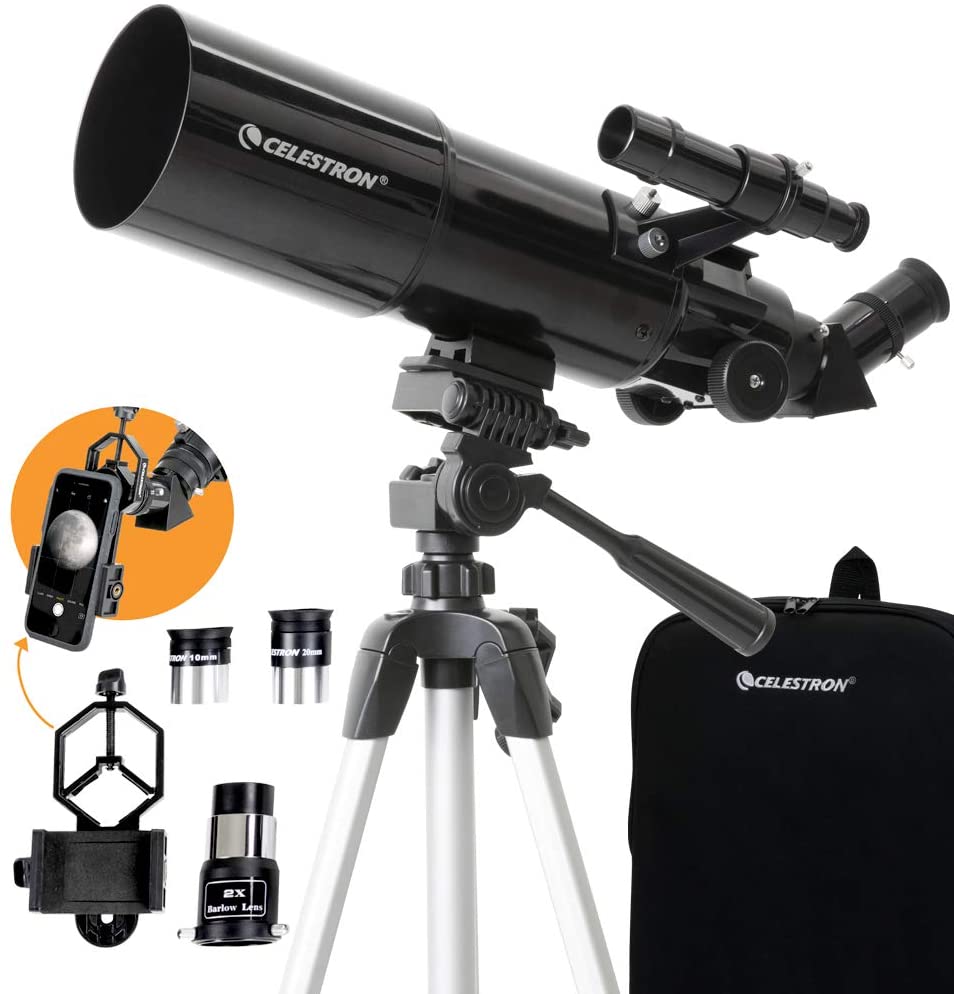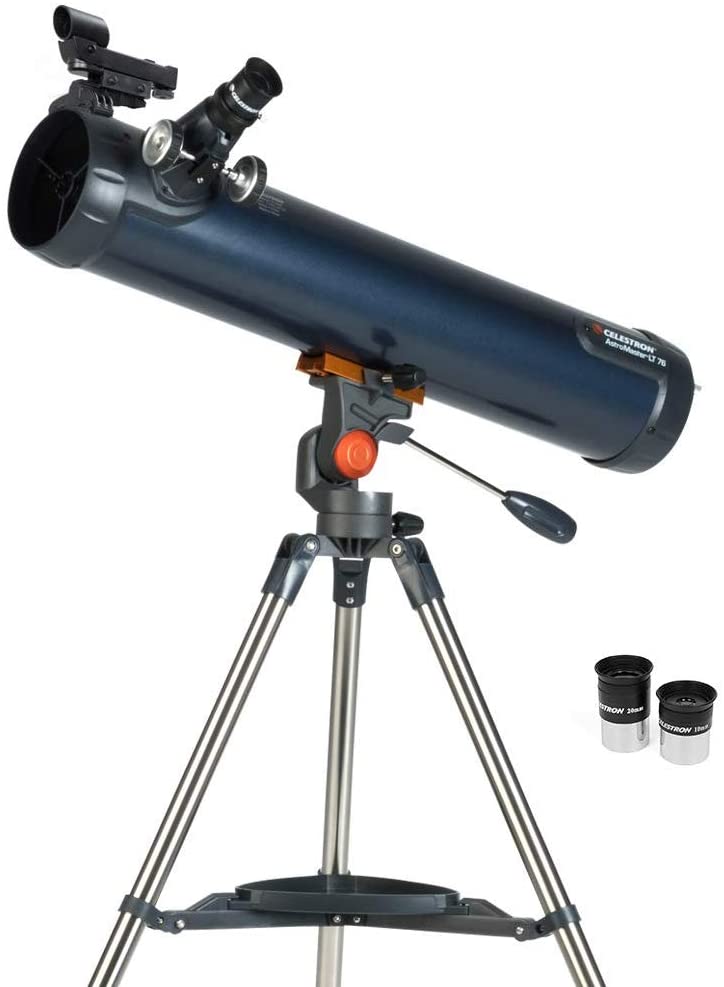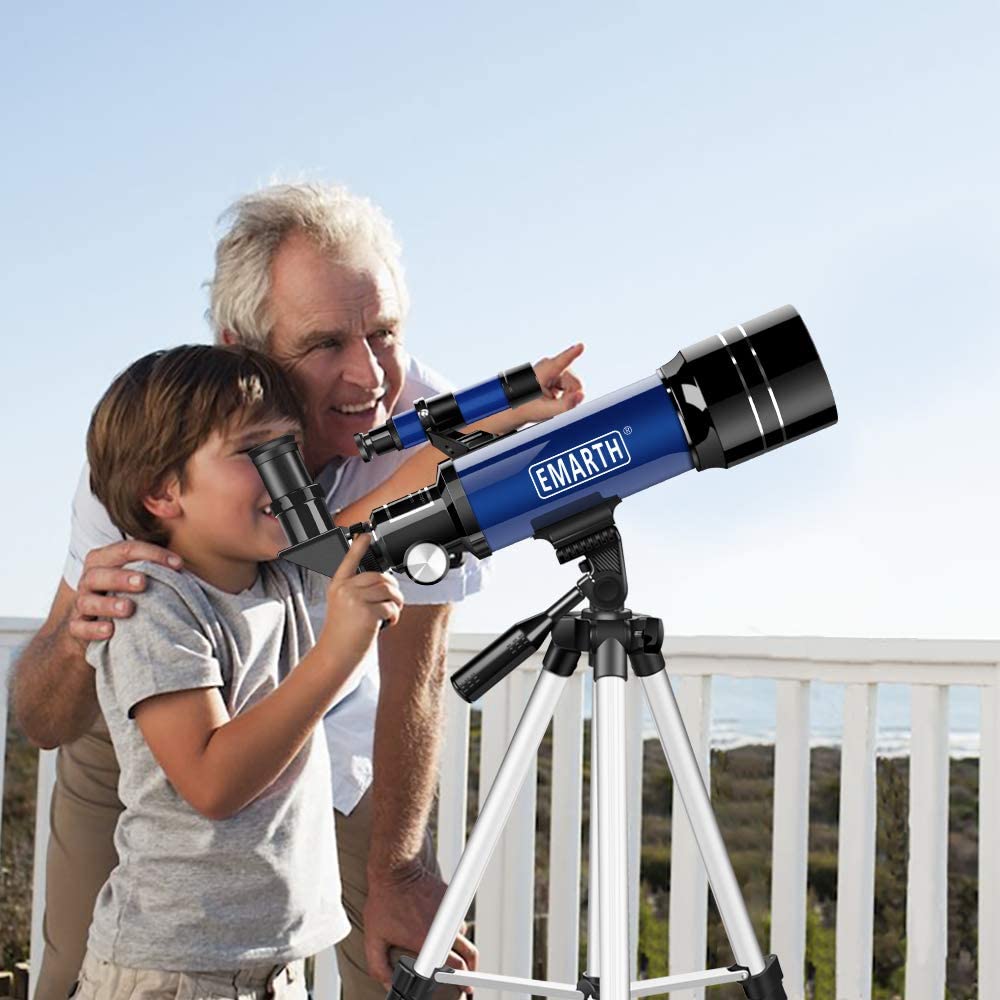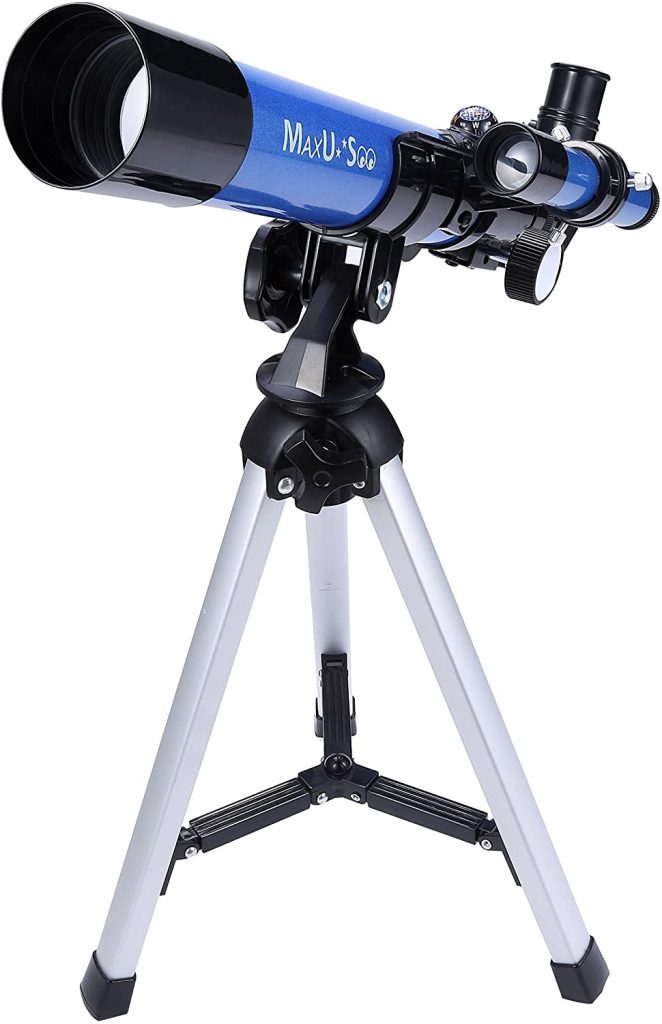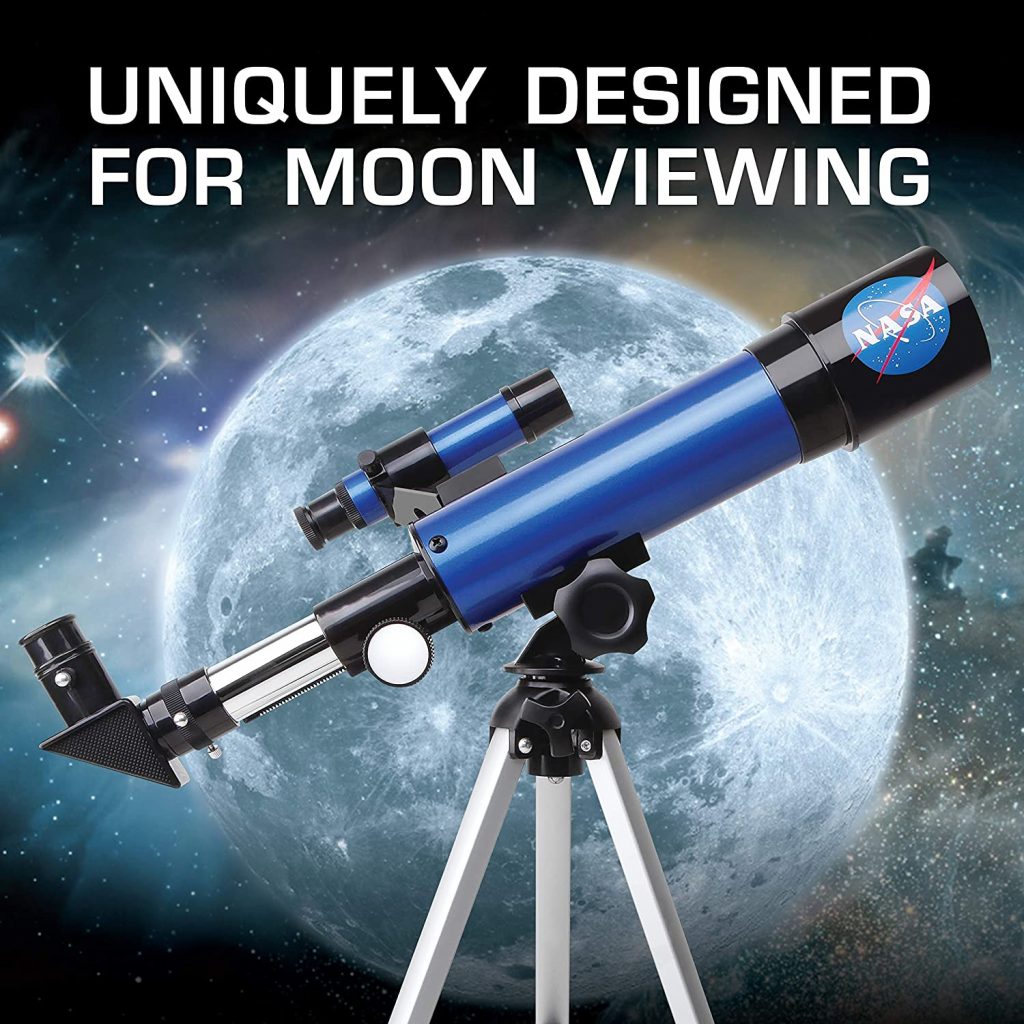Psychology isn’t always an easy subject to get into, especially for the easy reader, but it doesn’t have to be a subject to avoid at your next stop at your local bookstore. Today I’m going to give you my personal list of the best books for someone who wants to know more about psychological subjects, but isn’t familiar with where to start. These books are great gate ways to dip your toes into the water when it comes to learning more about the inner workings of not only other people’s minds and thought process, but also your own and why you might do or not do something.
The first book which I loved and wish I would have started with is Do You Think What You Think You Think? This is the longest book I will be talking about today, with 192 pages and it goes over a few common beliefs and why your beliefs might not be as strong as you previously thought based on quizzes within the book that show different circumstances that can change your answer to some of those questions. If you truly believe your original answer to those questions you may be in the top 10% who can say they truly believe their own stances no matter the change in circumstances.
The second book I’d suggest for the light reader trying to start learning more about psychology would be Lying. A 105 page book by Sam Harris, who is an avid atheist and does start the book off by saying religion is not part of what he will be going over when examining how lying affects us and why we would be better off not lying in our daily lives as a whole community. Sam Harris uses personal experiences he had and the things he learned in college from a professor. Lying is a long-form essay book and argues how much more simplified our lives would be if we found ways to tell the truth in situations where most people would often lie. This book explains how lying negatively affects the relationships within our lives and how we weaken our relationships with those around us when we lie to one another.
Finally this last book is perfect for the cozy book and cuddly cat lover and even if you don’t own a cat don’t judge this book by its cover. How to Argue with a Cat is a book which goes over how to have and hold intelligent conversations with a cat. Which is much easier then with another human being especially when it becomes an argument of furry and irritation. This book explains why logic and reasoning are the best way to communicate saying “the hairball of logic” and reminds us that not only our words, but our body language as well, expresses our thoughts and emotions. This book is an easy read with only 144 pages.
I hope you will give one of these three books a second glance the next time you are in your local bookstore. You can definitely learn a thing or two about yourself and how to treat and act around others. Psychology doesn’t have to be for only scientists and counselors. Even the everyday easy reader can learn a thing or two about themselves and others through reading a psychological book from time to time and who knows, maybe you’ll even realize you are better off knowing the things you can learn from these books.
